Most film-goers will tell you that James Bond drives an Aston Martin, and he usually does. Over the years, the various owners of the quintessentially British GT marque have been prepared to invest enough in product placement to ensure that the situation has been maintained.
However, the harsh truth is that 007’s first car was a 1931 Blower Bentley (vividly described during a high-speed chase in the 1951 novel Casino Royale), and if you take the trouble to search all the books and films, you will find that Bond has driven no fewer than two dozen different vehicles, from Lotuses, Fords and BMWs to a yellow Citroën 2CV and, back in the day, a 1960s Sunbeam Alpine.
All of which makes it legitimate to search widely for inspiration about what the secret agent will be driving in a decade’s time – when electrification, autonomy and even an ability to fly will be important in the new age of car manufacture, along with an ongoing desire to utilise new materials and technology and to control pollution. Just one familiar theme must always remain: Bond’s car must continue to be extremely quick, hugely versatile and very, very cool.
Understandably, there’s no emerging answer as yet to the burning 2030 question from Eon Productions, which makes the Bond films, so we thought we would tackle the question on their behalf. Such exercises need minds unfettered by the conventions of the past, so we invited a group of postgraduate students from Coventry University’s renowned automotive and transport design course to take part in an Autocar competition, the best results of which we’ve published here.
As course director Aysar Ghassan explains, over the years, Coventry has been vital to the careers of dozens of the automotive world’s best car designers – which makes it likely that some of the proposals you see here will be the work of people who design our production cars of tomorrow. We hope so.
Getting started on the next Bond car wasn’t easy. Many of Coventry’s 40 postgrad transport design students are from outside the UK, and while the creative process was running, many were locked down at home. We elected to run a competition for all 40, beginning with several remote meetings and leading to a final judging at which we chose a winner, two runners-up and three whose work won commendations. Here’s how it went.
Commended: Lexus SF (Superfast)


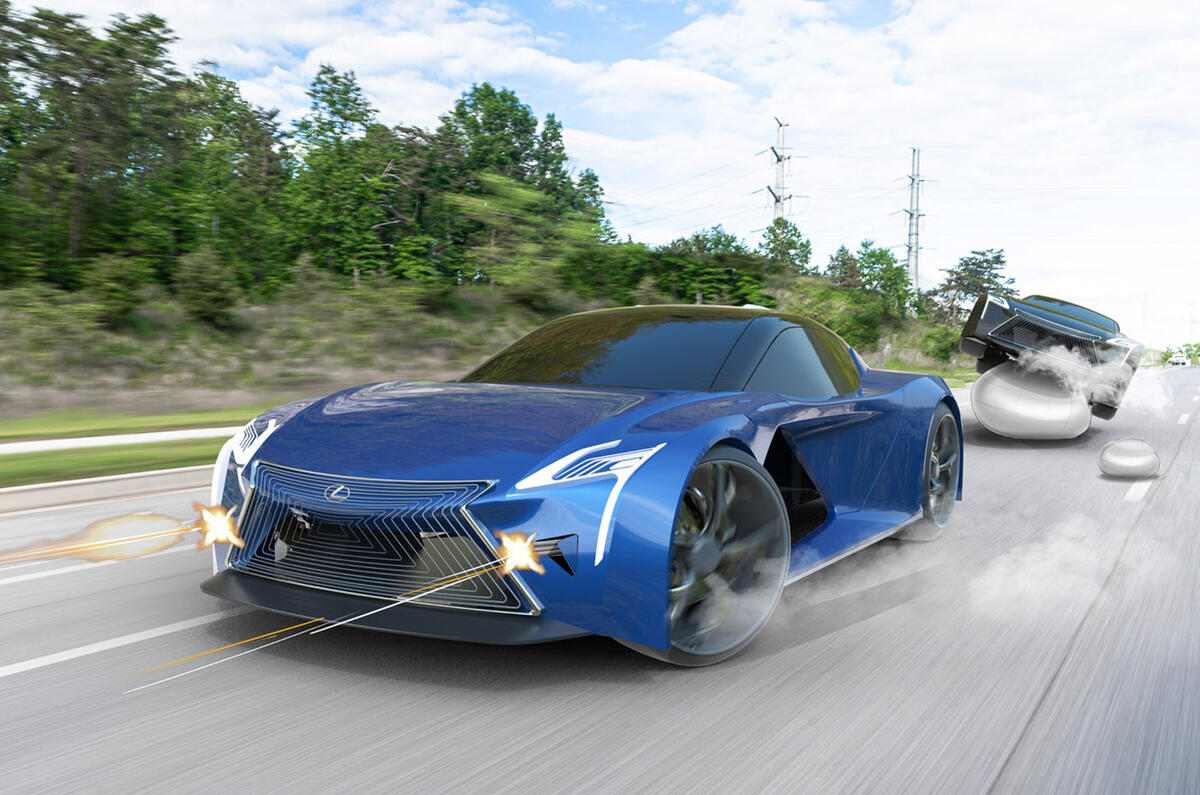

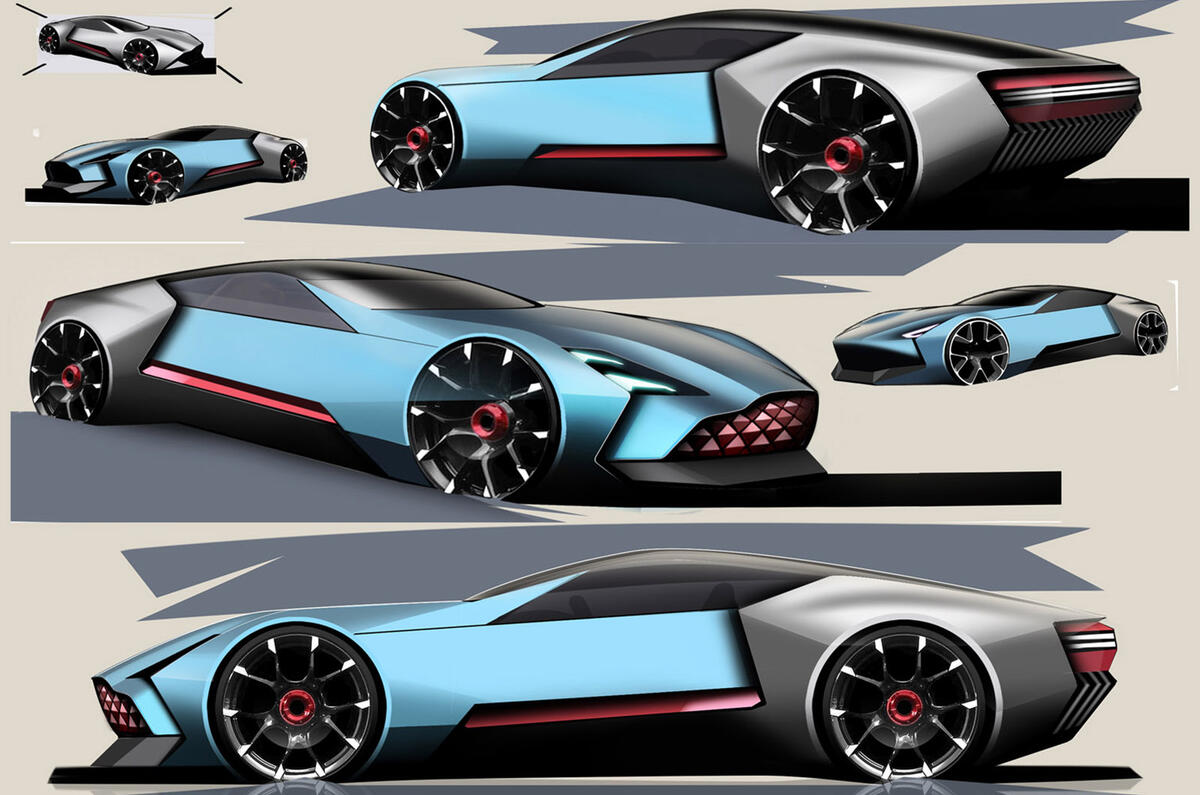
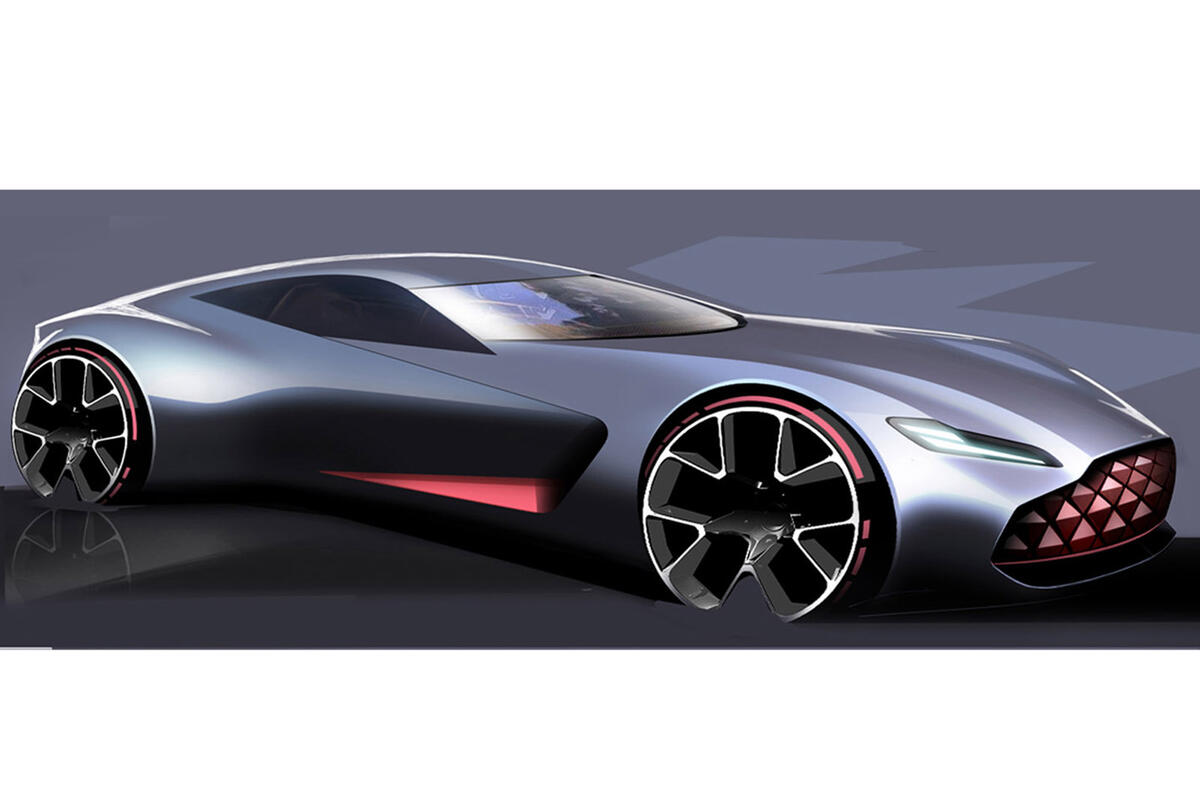
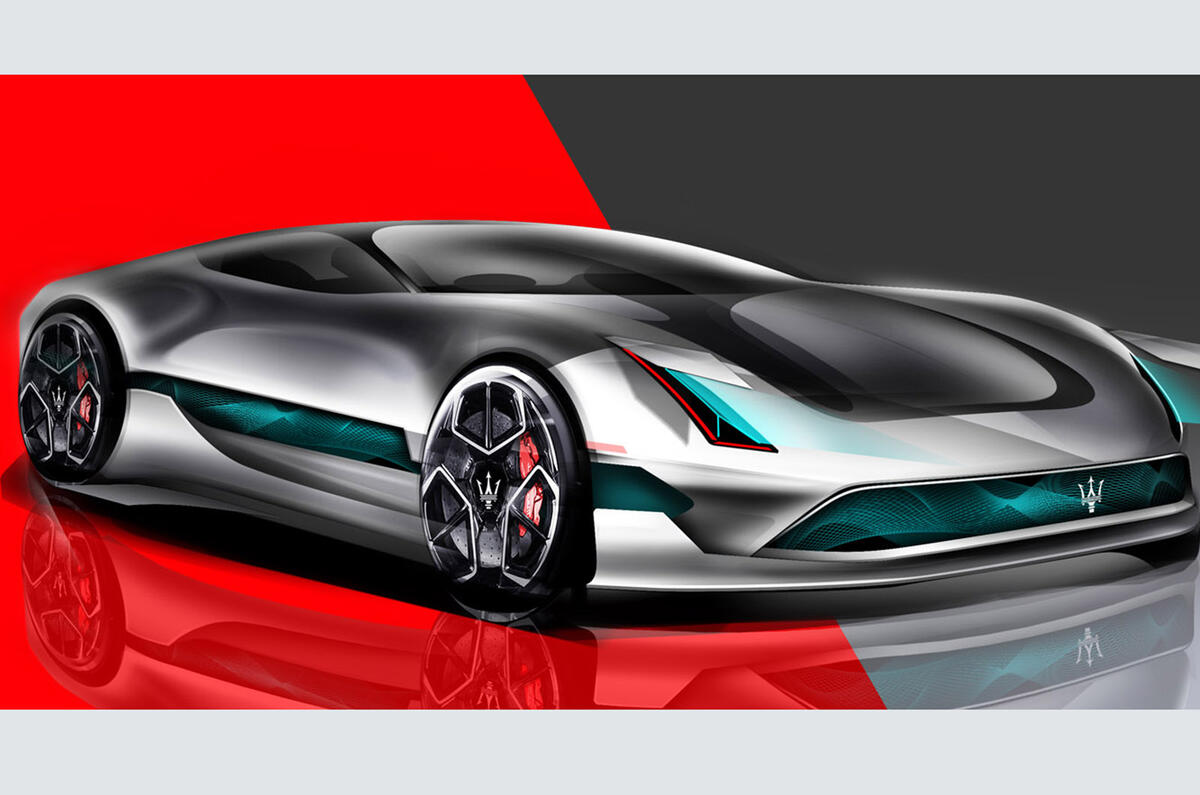
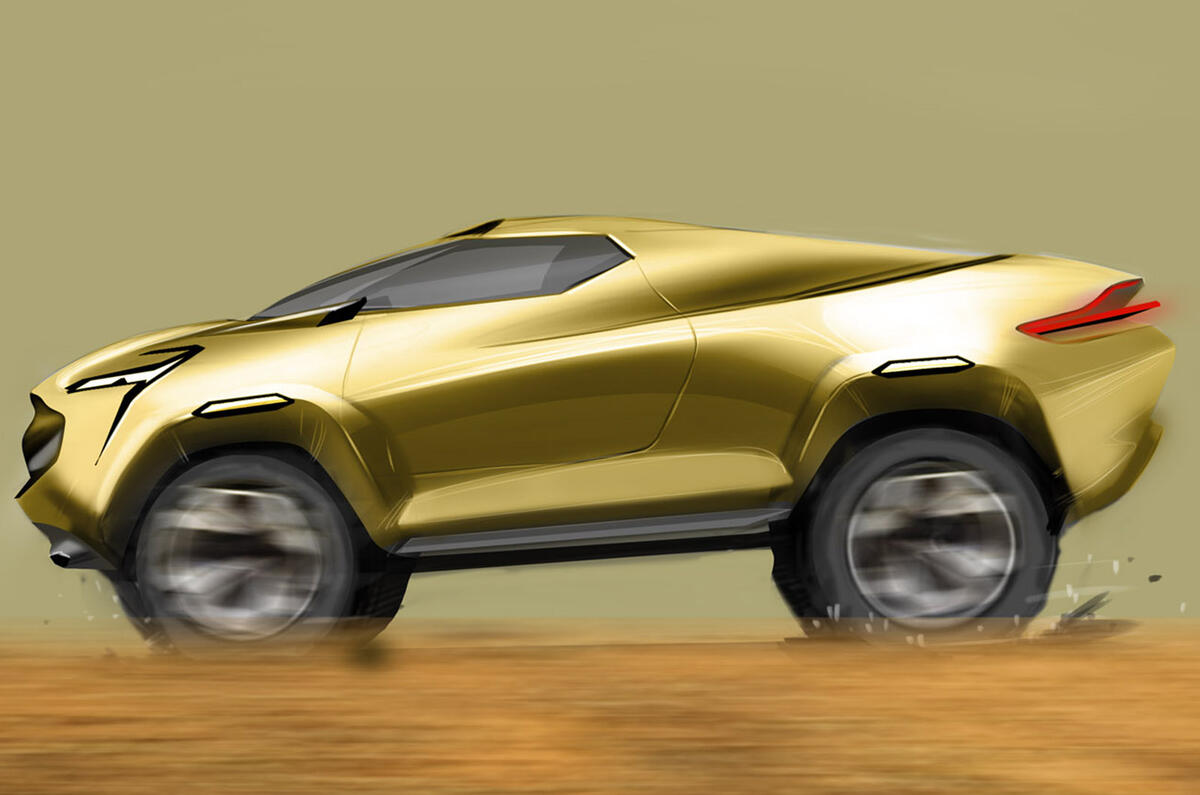
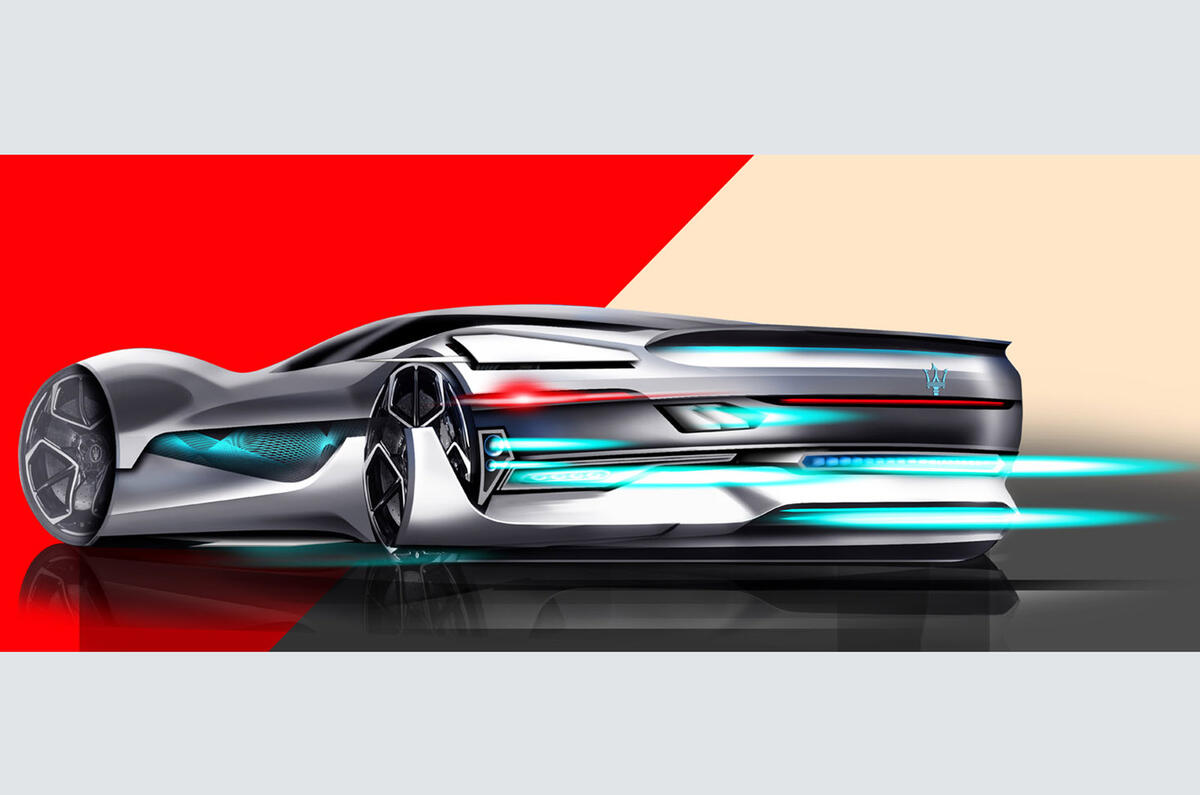
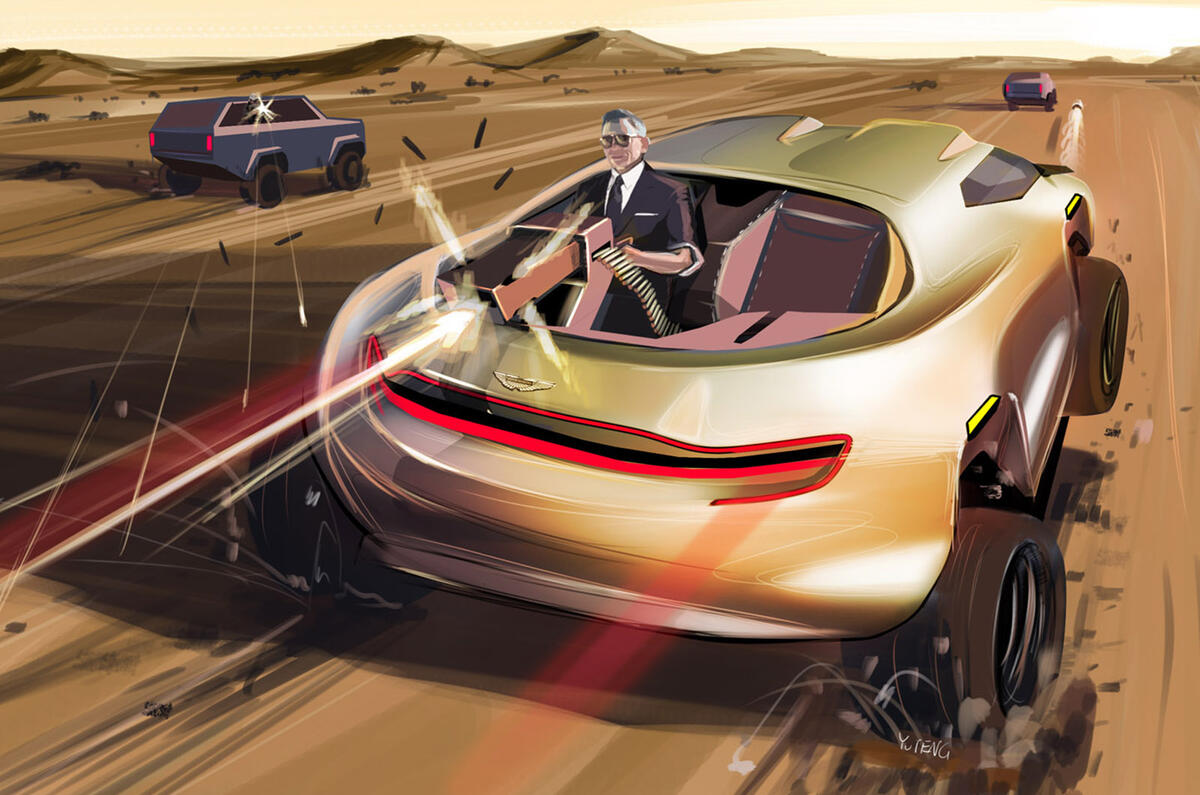
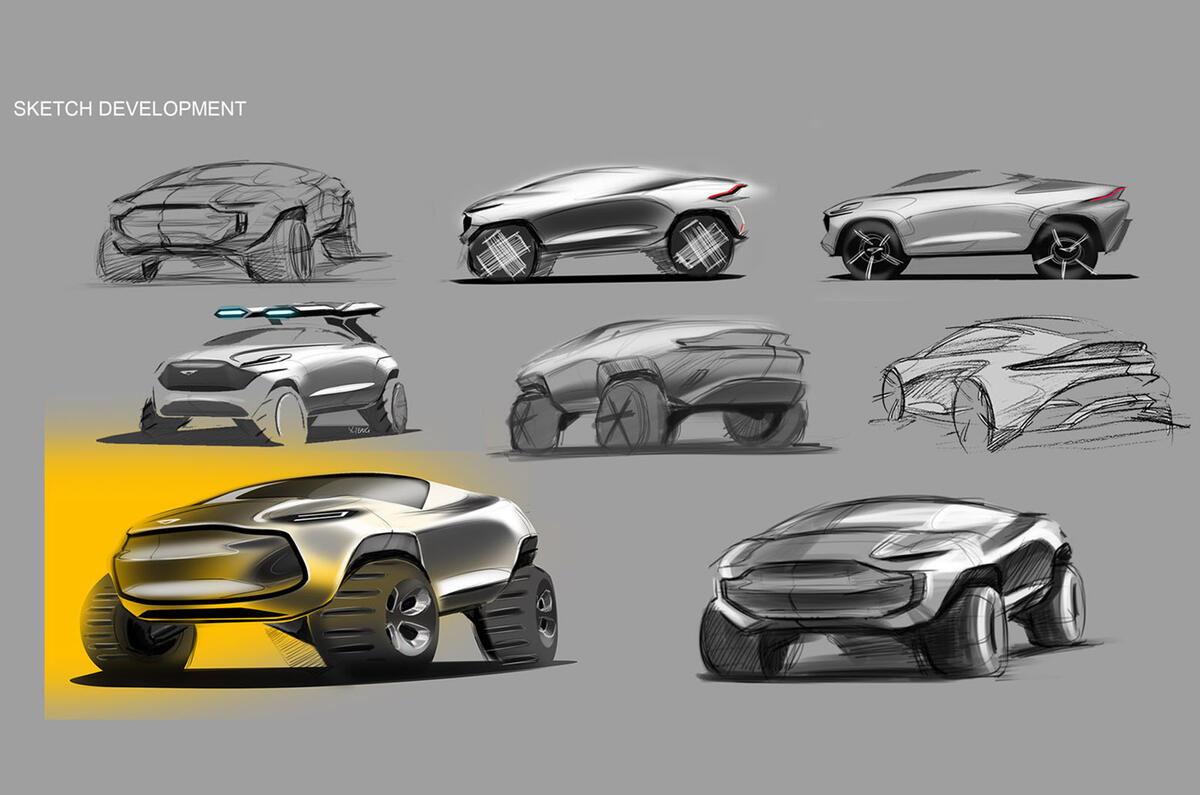
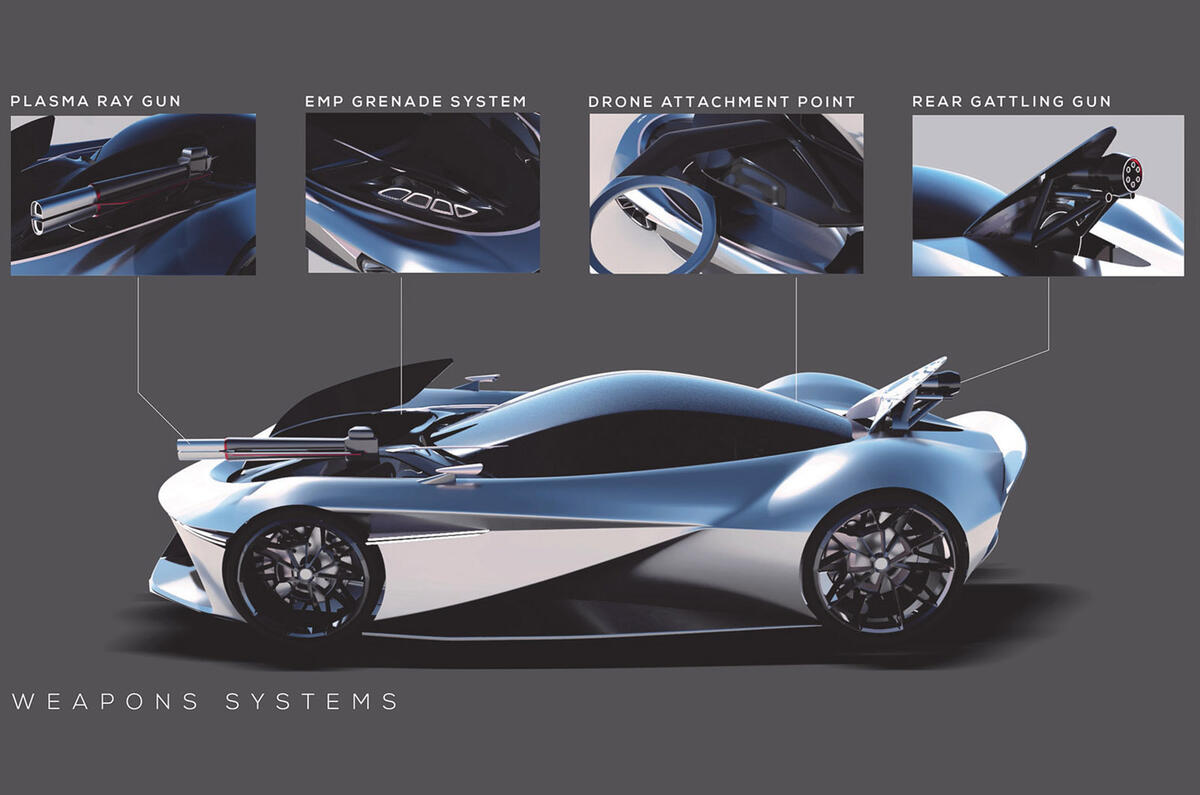
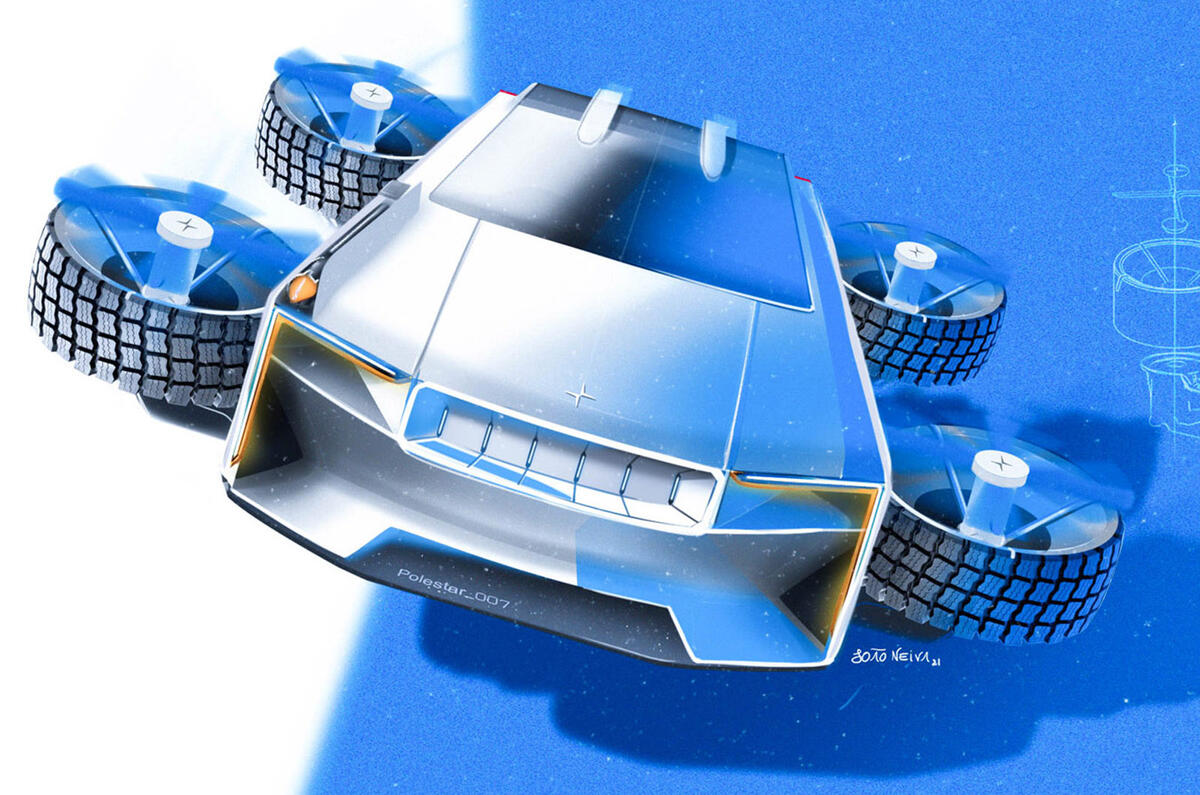
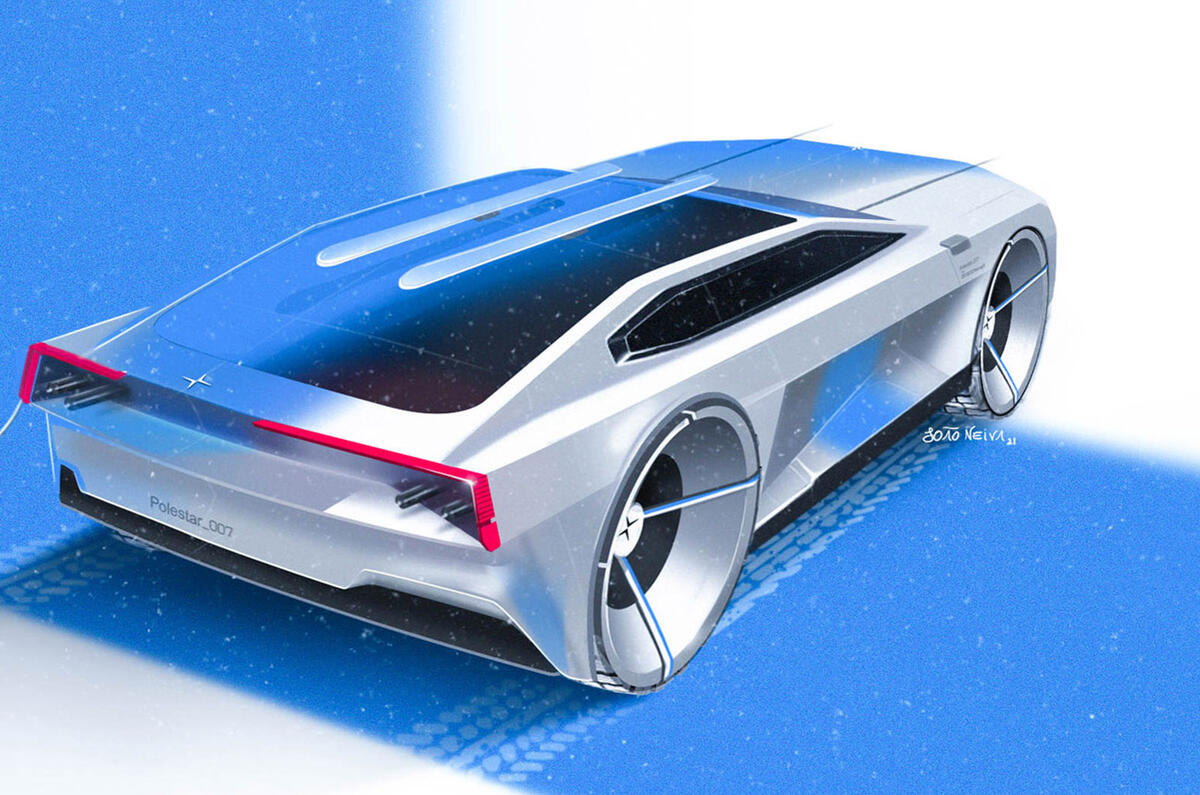

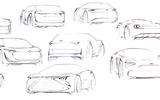
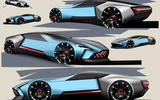
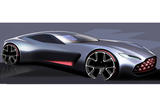
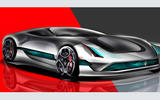
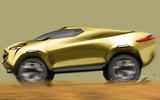
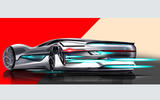
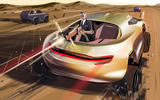
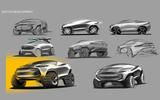
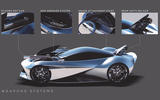
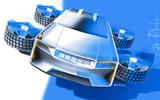













Add your comment